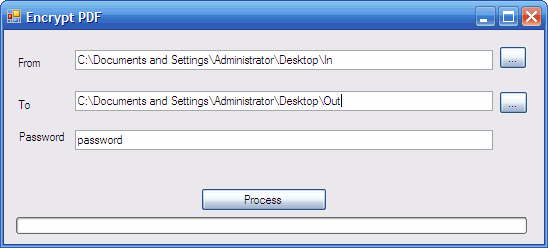Vb.net Architecture Pdf

VB. Engineering Rheology Tanner Pdf. NET is implemented by Microsoft's.NET framework. Therefore, it has full access to all the libraries in the.Net Framework. It's also possible to run VB.NET. Gives a concise explanation of service-oriented architecture, what it is, and how it affects what architects, CIOs, project managers, business analysts, and lead. Learn the basic concepts of the.NET Framework architecture from this sample chapter from.NET Security Programming.
October 2009 This guide is available online here in the MSDN Library and as a Microsoft Press book, ISBN# 109, that you can purchase through local and online booksellers such as, and. The guide is intended to help developers and solution architects design and build effective, high quality applications using the Microsoft platform and the.NET Framework more quickly and with less risk; it provides guidance for using architecture principles, design principles, and patterns that are tried and trusted. The guidance is presented in sections that correspond to major architecture and design focus points.
It is designed to be used as a reference resource or to be read from beginning to end. The guide helps you to: • Understand the underlying architecture and design principles and patterns for developing successful solutions on the Microsoft platform and the.NET Framework. • Identify appropriate strategies and design patterns that will help you design your solution's layers, components, and services. • Identify and address the key engineering decision points for your solution. • Identify and address the key quality attributes and crosscutting concerns for your solution. • Create a candidate baseline architecture for your solution.
• Choose the right technologies for your solution. • Identify patterns & practices solution assets and further guidance that will help you to implement your solution. Note that although the guide is extensive, it is should not be considered a complete and comprehensive treatise on the field of application architecture and design. The guide is intended to serve as a practical and convenient overview of, and reference to, the general principles of architecture and design on the Microsoft platform and the.NET Framework. In particular, the guide does not attempt to provide a definitive or authoritative solution architecture for any particular scenario. Instead, it provides a concise overview of the principles and patterns that underpin good architecture and design. It also highlights and provides recommendations for some of the most important issues you should consider.
The bulk of the guide is technology-agnostic and principles-based; therefore, it is applicable regardless of application platform or technology. However, this edition includes specific Microsoft and.NET Framework technology considerations to help you choose the best technology for your solution from among the available technologies; it also includes information about how to make the most of these technologies in particular situations. Downloads Book The guide contains the following topics: • • • • • • • Chapter 1: • Chapter 2: • Chapter 3: • Chapter 4: • • Chapter 5: • Chapter 6: • Chapter 7: • Chapter 8: • Chapter 9: • Chapter 10: • Chapter 11: • Chapter 12: • Chapter 13: • Chapter 14: • Chapter 15: • Chapter 16: • Chapter 17: • Chapter 18: • Chapter 19: • • Chapter 20: • Chapter 21: • Chapter 22: • Chapter 23: • Chapter 24: • Chapter 25: • Chapter 26: • Chapter 27: • Chapter 28: • • Appendix A: • Appendix B: • Appendix C: • Appendix D: • Appendix E: • Appendix F: • Appendix G: •.